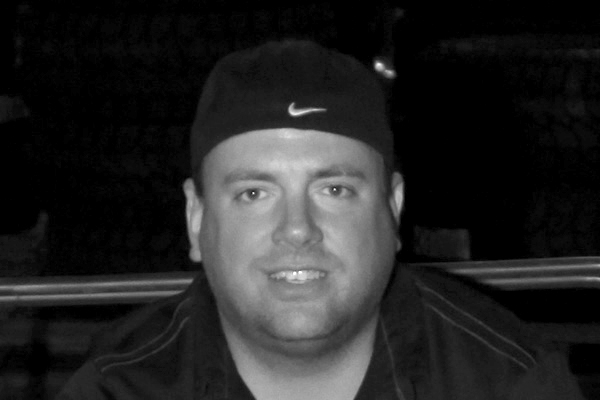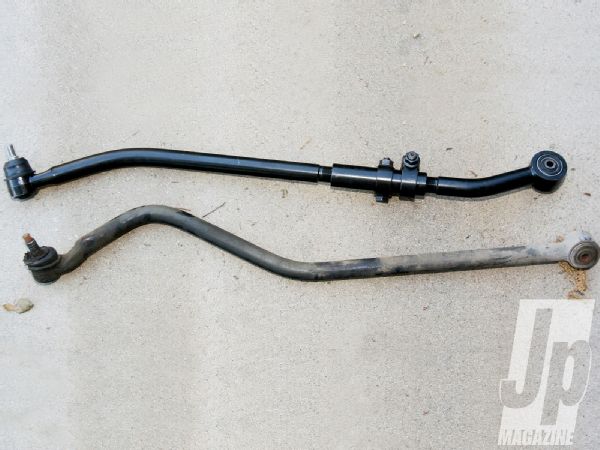
 Pete Trasborg
Brand Manager, Jp
Pete Trasborg
Brand Manager, Jp
Our faithful '01 TJ has been around the magazine for about 10 years now and we decided it was time for an update on its old-school lift kit. We were at 41/2 inches of lift on a short-arm system, and we were tired of dealing with the handling quirks both on- and off-road. We decided that a long-arm lift kit would solve some of the problems, but felt that the Jeep was still just too high and unstable.

We were running 35-inch tires and had an adequate amount of under-Jeep clearance that we didn't want to lose, but we felt the Jeep was more stable and climbed better with less lift and 32-33-inch tires. At the same time, this Jeep isn't a trailer queen, so we wanted better on-road handling.
We decided to go back down to a 33-inch tire and whatever lift height was required to clear it without limiting uptravel. We also wanted to minimize the loss of clearance that would inevitably come from lowering a Jeep and we wanted a complete lift kit that wouldn't require us to source other parts anywhere else. We've had had it with "complete" kits that were anything but.
 The stock track bar doesn't have enough bend in it at the axle end to allow much droop on the passenger side. The Teraflex track bar is much better suited to flex, and of course, is adjustable for whatever lift height we end up at.
The stock track bar doesn't have enough bend in it at the axle end to allow much droop on the passenger side. The Teraflex track bar is much better suited to flex, and of course, is adjustable for whatever lift height we end up at.
We used Teraflex in the past for the company's high-clearance Belly Up skidplate, and with its 11/2-inch gain in clearance over stock; we knew it would be a slam-dunk. So we started looking at the LCG (Low Center of Gravity) kits that the company produces and found that the Pro kit includes everything needed to install it, no holds barred. We went with a 3-inch LCG Pro kit for our TJ.
The kit includes literally everything. From brake lines and shocks to sway bar end links and even a steering box skidplate. We were confident we wouldn't have to run out to the store or order more parts.
All of the instructions from Teraflex state to have a professional shop install the kit, but we wanted to do it ourselves, much like you might try to do at home. So, follow along as we lower our TJ and actually gain performance in the bargain. Stay tuned for next time where we work on the rear of the Jeep.
PhotosView Slideshow





